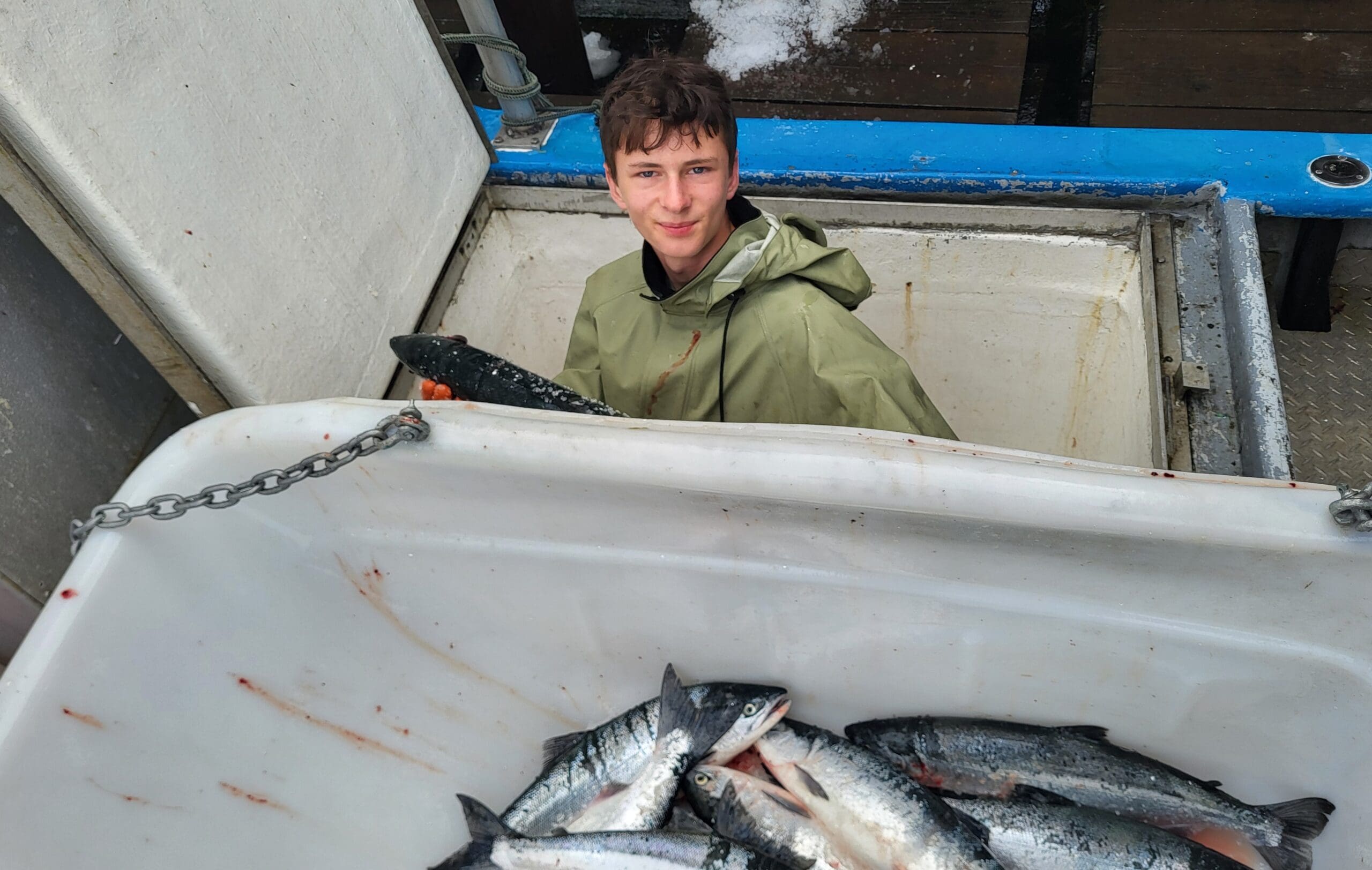Skipper Otto
Explore
Stay updated on seafood news with Skipper Otto.
See all postsFeatured Posts

My Fishing Summer
Fishing Stories
•
8 minute read
(Photo credit: Shaun Strobel. Image: Oliver offloading salmon from the Eldorado) My name is Oliver Strobel. My parents are Sonia and Shaun, co-founders of Skipper Otto. And my grandfather is Otto (yes, the Skipper). According to them, mom came up with the idea for Skipper Otto about a month after I was born, so I’ve […]

Olive Oil Poached Salmon with Hollandaise Sauce
Recipes
•
3 minute read
Olive Oil Poached Salmon with Hollandaise Sauce There are so many ways to prepare delicious BC salmon, and a culinary staple is olive oil poaching. If you've never tried this method, our friends at Go Wild BC Salmon association share you how simple it is, and how this recipe paired with hollandaise sauce is sure […]
